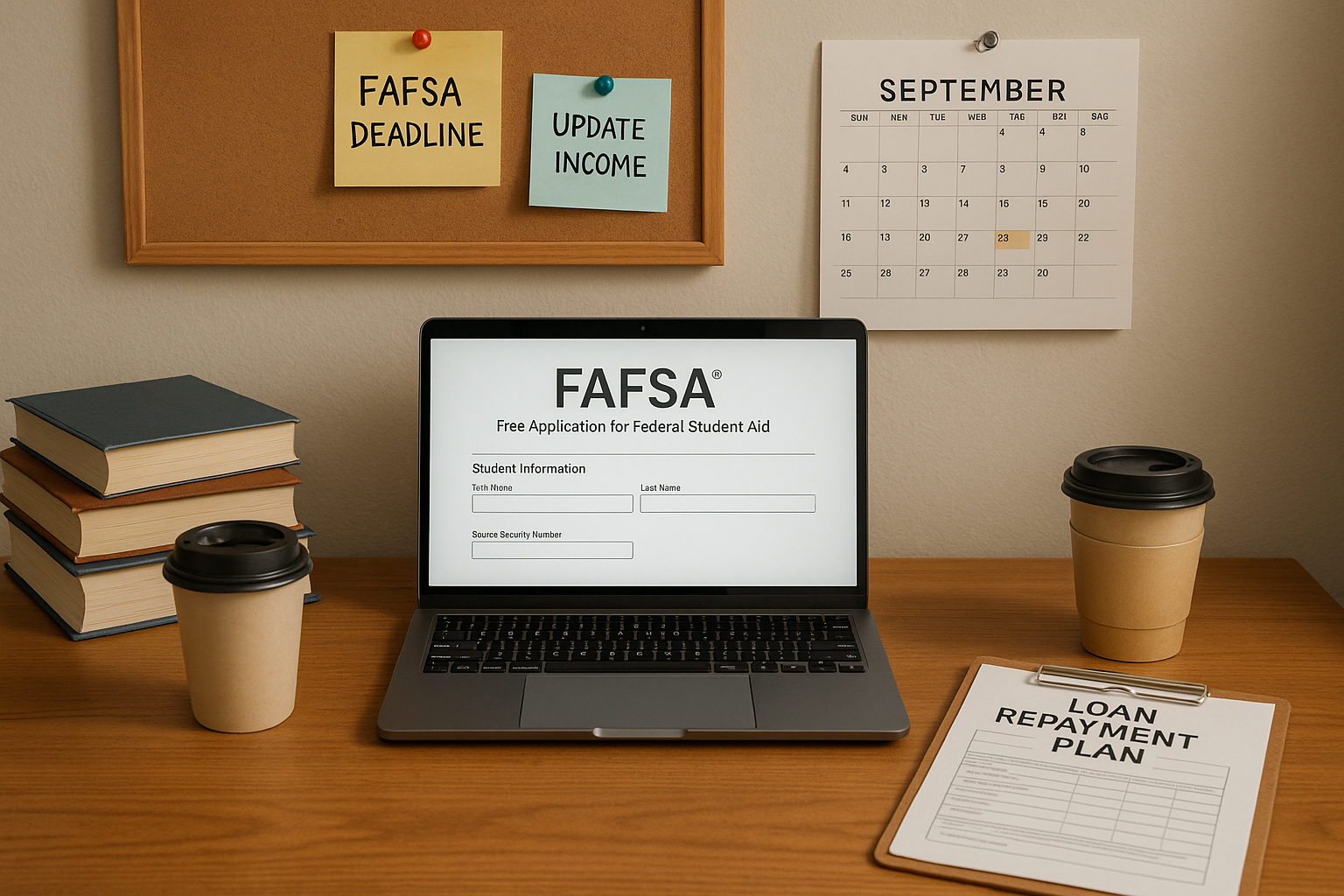
Welcome back, familia!
It’s a huge step to start building your professional life and personal wealth in the U.S. As young Latinos, we bring so much to the table: our drive, our work ethic, and a deep sense of responsibility. But converting that potential into a secure financial future requires a clear map, and that map starts with setting achievable saving goals.
The truth is, many people set goals that are either too vague or wildly unrealistic, leading to frustration and giving up. We can’t afford that. We need a strategy that’s as grounded as it is ambitious. So, let’s talk about how we, as a community focused on upward mobility, can set saving goals that are truly realistic and designed for success.
Our Financial Reality: Why Saving is Critical
It’s important to understand the context of our financial journey. For the Latino community in the U.S., building wealth often starts from a lower base, making smart saving even more critical.
- The Wealth Gap: According to a report by the Federal Reserve, the median net worth for Hispanic families in the U.S. in 2022 was $61,600, significantly lower than the $284,300 for White families (“Changes in U.S. Family Finances from 2019 to 2022”). This data shows we have a lot of ground to cover, and a solid saving plan is how we close that gap.
- The Cost of “Adulting”: From student loans to rent in high-cost-of-living areas, our generation faces unique financial pressures. The path to buying a home or comfortable retirement starts with disciplined saving now.
We have the power to change this narrative for ourselves and for future generations. It starts with a plan.
Phase 1: Know Where You Are (The Honest Money Check-Up)
Before you can decide where you’re going, you need to know exactly where you’re starting. Think of this as your financial inventario (inventory).
- Your Net Income: How much money is actually hitting your bank account each month after taxes, insurance, and other deductions? Focus on this net income, not your gross salary.
- Your Spending (The Budget Breakdown): Be honest about where your money goes. Categorize your expenses:
- Fixed Essentials: Rent/Mortgage, utilities, insurance, loan payments.
- Variable Essentials: Groceries, gas, public transport.
- Discretionary/Non-Essentials: Dining out, subscriptions, entertainment, shopping.
- Your Debt Picture: List all outstanding debts (credit cards, student loans, car loans) and their minimum monthly payments. A high debt load can make saving much harder, so factoring in debt reduction is part of a realistic goal.
Why this step matters: Setting a goal to save $500 a month when your budget only allows for $150 is a recipe for failure. By knowing your true starting point, you set an achievable goal.
Phase 2: Define Your Future (Short, Medium, and Long-Term Goals)
Now, let’s turn our aspirations into concrete, timed goals. Our financial future isn’t one big mountain; it’s a series of hills and peaks.
| Time Horizon | Purpose/Focus | Typical Examples |
| Short-Term (Up to 1 Year) | Building immediate security and covering small, planned expenses. | Emergency Fund Starter ($1,000-$2,000), paying off a small credit card debt, saving for a holiday trip. |
| Medium-Term (1-5 Years) | Major purchases, education, and larger security nets. | Building a full 3–6 month Emergency Fund, down payment for a car, funding a certification or advanced degree, a future home down payment starter. |
| Long-Term (5+ Years) | Wealth building and retirement security. | Retirement contributions (IRA, 401(k)), major down payment on a home, funding future children’s education. |
Phase 3: Make Your Goals S.M.A.R.T. (Our Blueprint for Success)
We need to treat our goals like a professional project. The S.M.A.R.T. framework is the gold standard for setting goals that stick.
- Specific: What exactly do you want to save for? Instead of: “I want to save more money.” Try: “I want to save $4,000 for a down payment on a new car.”
- Measurable: How will you track your progress? How much needs to be saved? Try: “I’ll save **$166.67** per month ($4,000 / 24 months).”
- Achievable: Based on your budget check-up (Phase 1), can you realistically set aside the monthly amount? If not, adjust the timeline or the total amount.
- Relevant: Does this goal align with your bigger life priorities? Are you prioritizing a car over crushing high-interest debt? Make sure your goals serve your biggest needs.
- Time-bound: When is the deadline? Try: “I will have $4,000 saved by October 1st, 2027 (a 2-year deadline).”
Phase 4: Stay Flexible and Keep Going
This isn’t a race: it’s a journey.
- Automate Your Saving: Once you have your S.M.A.R.T. goal, make it automatic. Set up a recurring transfer from your checking account to your savings account right after you get paid. If you don’t see it, you can’t spend it.
- Check and Adjust: Life will happen. You might get a raise, or you might have an unexpected expense. If you find your goal is too easy, increase the monthly amount. If it’s too hard, don’t quit, adjust the timeline or the total amount. Flexibility is a sign of maturity, not failure.
- Track Your Wins: Seeing your savings grow is the biggest motivator. Use a spreadsheet or a simple visual tracker to celebrate hitting your milestones. Every step toward financial security is a step that builds our collective strength as a community.
We are in this together, and by setting realistic, strategic goals, we are ensuring a brighter financial future for our generation. ¡Adelante!
👉 Ask Gabi anything, anytime.
Stay tuned! We got you!







